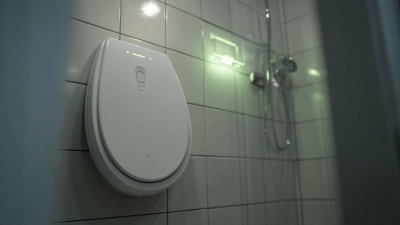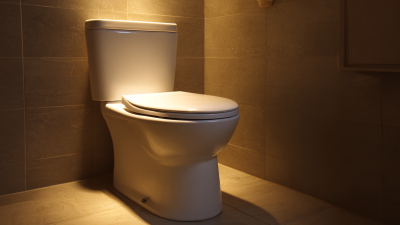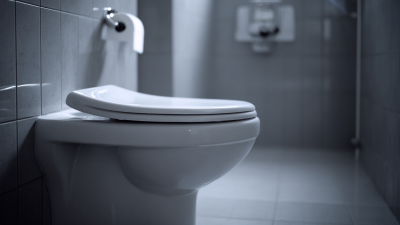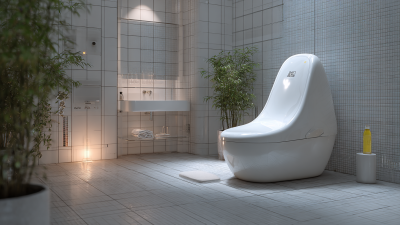Leave Your Message
In recent years, the demand for hygiene-enhancing bathroom products has skyrocketed, with the global smart toilet market expected to reach USD 12.2 billion by 2027, growing at a CAGR of 9.8% from 2020 to 2027, according to a report by Fortune Business Insights. One innovation leading this trend is the Automatic Toilet Seat, designed to improve sanitation and user comfort. These seats not only feature hands-free operation to minimize contact with potentially contaminated surfaces but also incorporate advanced cleaning technologies, such as UV sterilization and bidet functions. Recent studies have indicated that such designs can reduce the spread of germs by up to 80%, making them an increasingly popular choice among health-conscious consumers. With a rising awareness of personal hygiene and the necessity for cleaner living environments, investing in an Automatic Toilet Seat stands out as a practical solution that aligns with contemporary sanitation needs.
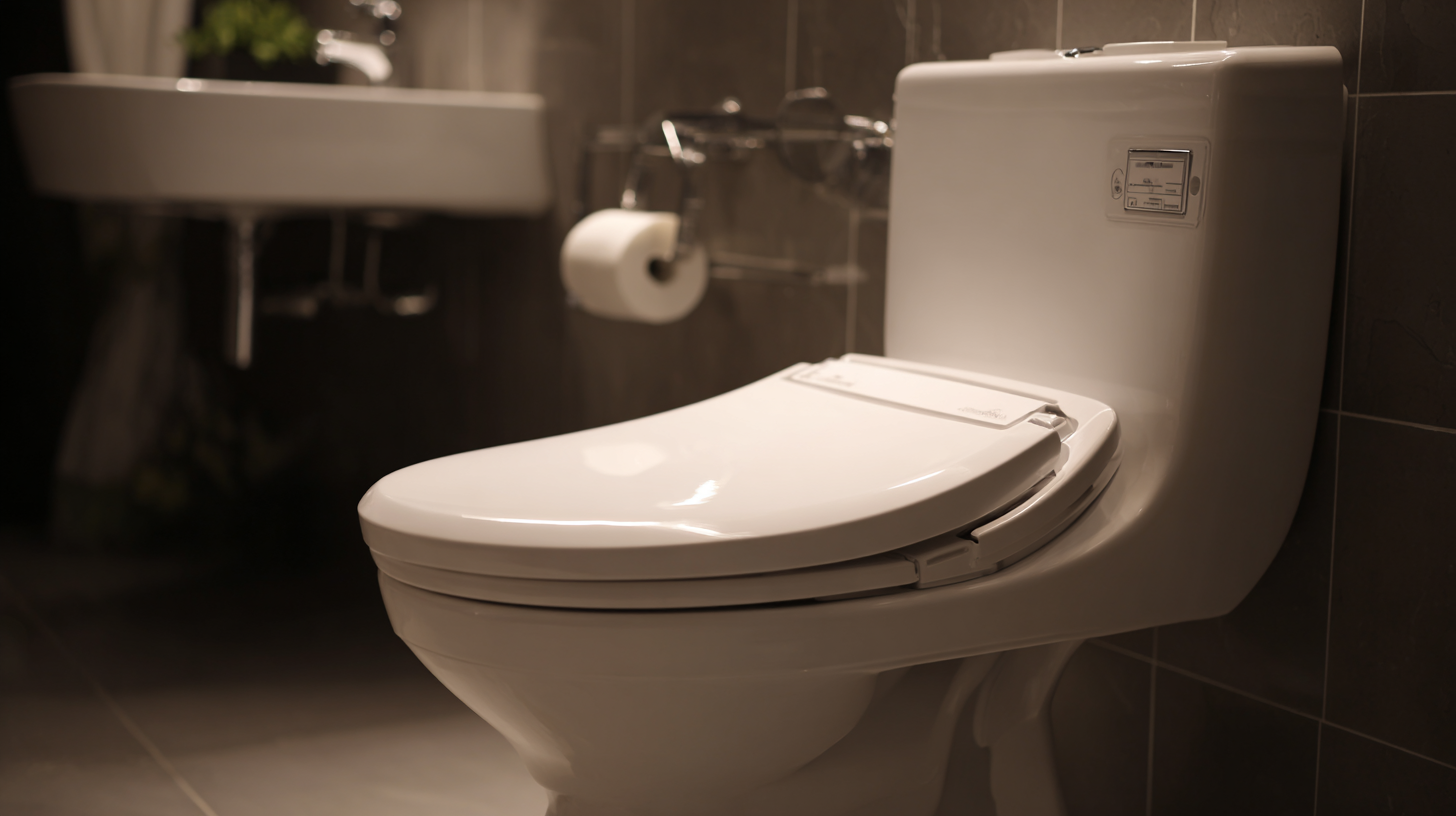
Automatic toilet seats are becoming increasingly popular, and one of the primary reasons for this trend is their significant hygiene benefits. Traditional toilet seats can harbor bacteria and germs due to direct contact, making them a potential source of infection. In contrast, automatic toilet seats often come equipped with advanced sanitation features. For instance, many models use UV light or antibacterial materials that actively disinfect the seat between uses, greatly reducing the risk of contamination.
Moreover, the hands-free operation of automatic toilet seats minimizes touchpoints, which is another crucial advantage. Users can open and close the seat without physical contact, significantly decreasing the chances of transferring bacteria from hands to the seat. This level of convenience not only enhances cleanliness but also promotes a more comfortable restroom experience, especially in public facilities where hygiene is paramount. As awareness of hygiene continues to grow, investing in automatic toilet seats could be a proactive step toward maintaining a cleaner and more comfortable environment.
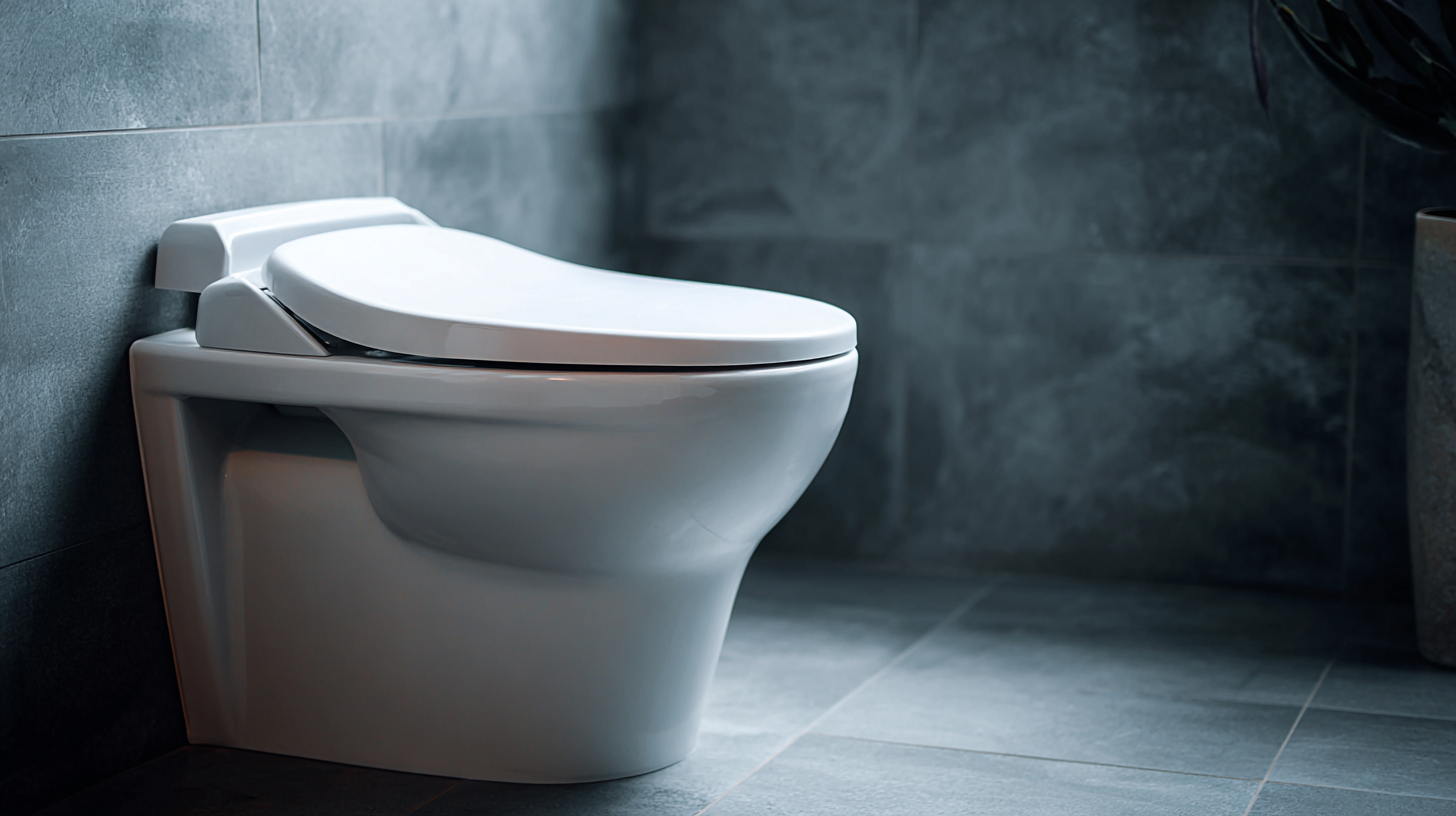
Modern automatic toilet seats are revolutionizing the way we think about hygiene and comfort in the bathroom. With an increasing focus on user experience, manufacturers have incorporated a variety of comfort features that elevate the standard toilet experience. According to a recent report by the Hygiene and Sanitation Industry Association, 70% of consumers value the comfort provided by heated seats. This not only enhances comfort in colder climates but also promotes a more pleasant restroom experience overall.
Moreover, many advanced models now come equipped with adjustable water temperature and pressure settings, allowing users to personalize their cleaning experience. A survey highlighted in the Smart Bathing Report found that 63% of respondents prefer toilets with integrated bidet functions, which not only contribute to enhanced cleanliness but also reduce the need for toilet paper, thus supporting eco-friendly practices. Additionally, features such as soft-closing lids and built-in night lights cater to a more tranquil and user-friendly environment, making bathroom visits more enjoyable, especially during nighttime.
| Feature | Description | Benefits | Hygiene Level |
|---|---|---|---|
| Self-Cleaning Function | Automatically cleans the seat and bowl after use. | Reduces the need for manual cleaning and enhances sanitation. | High |
| Heated Seat | Provides adjustable warmth to the seat for comfort. | Enhances user comfort, especially in cold weather. | Medium |
| Deodorizing Feature | Neutralizes odors using a built-in filter. | Maintains a fresh-smelling bathroom environment. | High |
| Night Light | Built-in ambient light for nighttime use. | Improves visibility and reduces accidents in the dark. | Medium |
| Water Temperature Control | Allows users to adjust water temperature for cleaning. | Enhances comfort and cleanliness during use. | High |
When comparing automatic toilet seats to traditional alternatives, it's essential to highlight the significant advancements in hygiene and user comfort. Traditional toilet seats often require manual adjustment, which can lead to increased contact with germs and bacteria. In contrast, automatic toilet seats typically feature touchless operation, reducing direct contact and enhancing overall sanitation. Many models come equipped with self-cleaning functions and antimicrobial materials, providing peace of mind for users concerned about hygiene.
Furthermore, the comfort level offered by automatic toilet seats surpasses that of traditional models. Features such as heated seats, adjustable height, and personalized settings cater to individual preferences, creating a more luxurious and accommodating experience. Many also include bidet functions that help with cleanliness, minimizing the need for toilet paper and contributing to a more environmentally sustainable practice. The seamless integration of technology into bathroom hygiene not only boosts comfort but also encourages healthier habits, making automatic toilet seats an attractive alternative for modern households.
When considering an investment in an automatic toilet seat, several key features should be prioritized to enhance both comfort and hygiene. First and foremost, look for models equipped with advanced sensor technology that ensures a seamless opening and closing mechanism. This reduces the need for physical touch, minimizing the risk of germ transmission and promoting a cleaner bathroom environment.
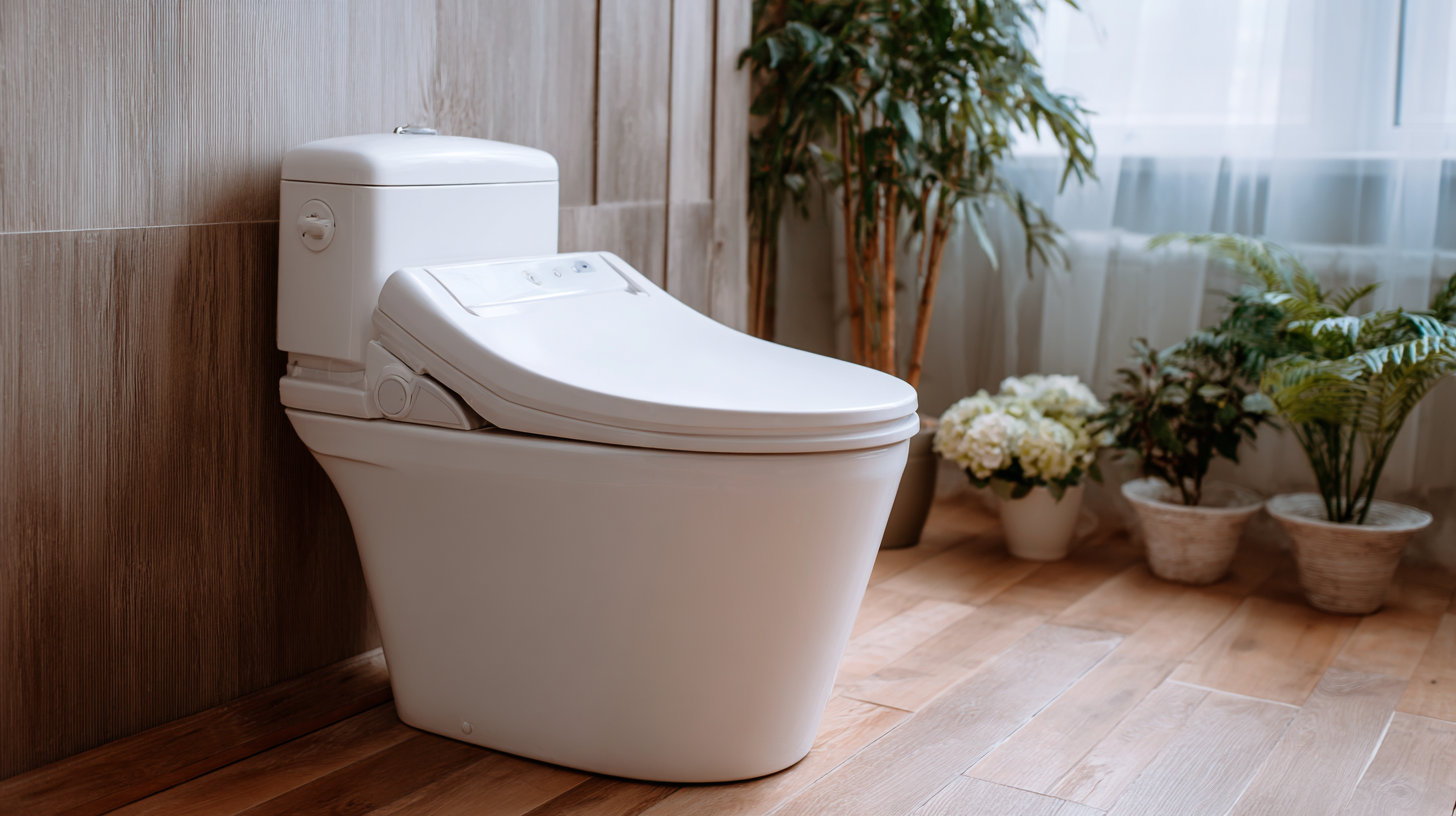
In addition to sensor functionality, the material and design of the automatic toilet seat significantly impact user experience. Opt for high-quality materials, such as durable plastics or antimicrobial coatings, which not only withstand wear and tear but also inhibit bacterial growth. Comfort should not be overlooked; ergonomic shapes and heated seating options can elevate the overall experience, catering to individual preferences. These essential features combine to create a hygienic and comfortable bathroom experience, making investment in a quality automatic toilet seat worthwhile.
Automatic toilet seats not only promote hygiene but also require proper maintenance to ensure longevity and optimal performance. According to a report from the Global Hygiene Products Market, approximately 45% of users report improved bathroom sanitation due to the use of automatic toilet seats. These products often come equipped with features such as self-cleaning functions and antibacterial materials, which can significantly reduce the spread of germs in household settings. However, even the most advanced technology requires regular care to maintain its efficacy.
To prolong the life of your automatic toilet seat, regular cleaning using a gentle, non-abrasive cleaner is essential. Experts recommend performing maintenance checks at least once every three months, focusing on the battery life and any electronic components. According to a survey by the International Sanitary Supply Association, poorly maintained toilet seats can lose up to 30% of their expected lifespan, leading to more frequent replacements and increased costs. Additionally, utilizing protective covers can prevent scratches and other damage, further enhancing both hygiene and comfort. Implementing these maintenance tips will not only ensure your automatic toilet seat performs effectively but also contributes to a more hygienic bathroom environment.
